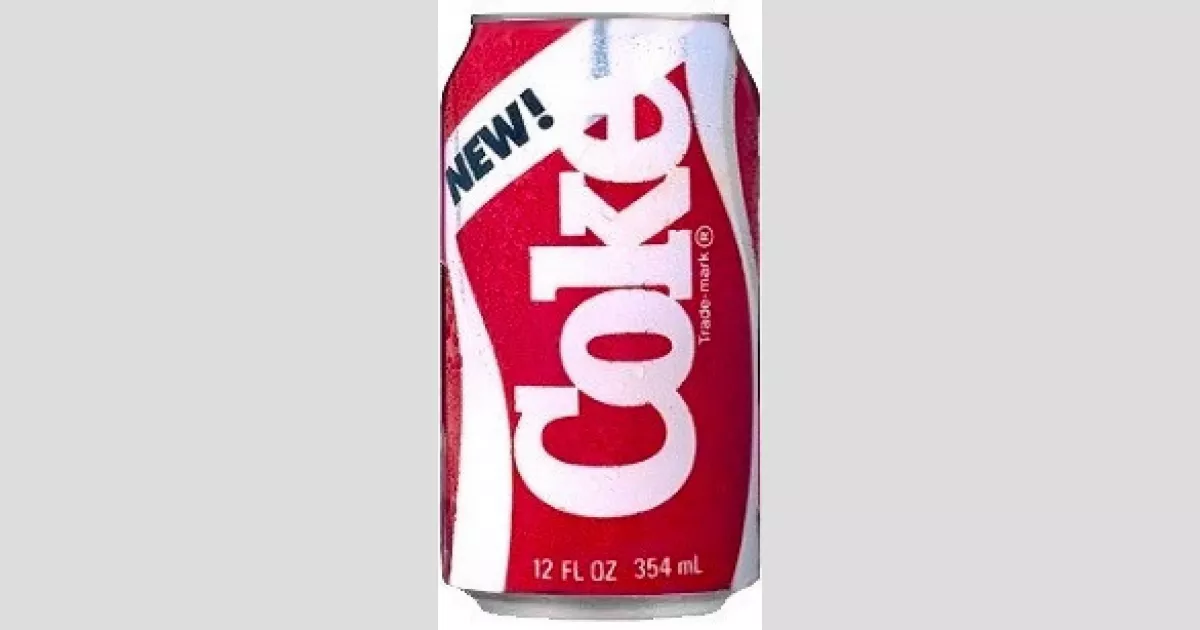New Coke, or Coke II as it was later renamed, was a reformulation of the iconic Coca-Cola soft drink. Introduced in April 1985, it was an attempt by the Coca-Cola Company to revitalize the brand but faced significant backlash from consumers. The company eventually reintroduced the original formula as Coca-Cola Classic and continued to market New Coke/Coke II until its discontinuation in July 2002.
1935: Coca-Cola Seeks Kosher Certification
In 1935, Coca-Cola, aiming to obtain kosher certification, made adjustments to its formula to comply with dietary regulations.
1980: Roberto Goizueta Becomes CEO and Signals Change
With Roberto Goizueta becoming Coca-Cola's CEO in 1980, a new era began, marked by a willingness to challenge the status quo, including the company's renowned drink formulas.
1982: Introduction of Diet Coke and Bottler Concerns
The introduction of Diet Coke in 1982 brought about new challenges, with bottlers expressing concerns about accommodating additional products in the lineup.
March 1985: Death of Robert W. Woodruff
March 1985 marked the passing of Robert W. Woodruff, Goizueta's mentor and the former CEO who had significantly expanded Coca-Cola's global presence.
April 1985: New Coke Introduced
In April 1985, Coca-Cola introduced a reformulated version of its iconic drink, known as New Coke.
April 23, 1985: New Coke Launch and Packaging Changes
On April 23, 1985, New Coke was officially launched, with the original formula's production ceasing shortly after. The initial rollout involved using existing packaging materials for New Coke, differentiated by distinct color schemes.
July 11, 1985: Return of Original Coca-Cola Announced
On July 11, 1985, Coca-Cola held a press conference to announce the return of the original Coca-Cola formula, just 79 days after New Coke's debut. This decision was met with widespread attention, even interrupting television broadcasts, highlighting the cultural significance of the event.
1985: Loss of Market Share and Introduction of New Coke
By 1985, Coca-Cola had been experiencing a decline in market share for several years, leading to the introduction of New Coke in an attempt to regain its position.
1985: New Coke's Sales Dwindle
Despite performing well in select markets like Los Angeles, New Coke only achieved a three percent market share in 1985. Interestingly, some research suggests that the simultaneous release of Cherry Coke, rather than the return of Coca-Cola Classic, might have been a bigger factor in the company's success that year.
1985: Concerns about Cannibalization and Competition with Pepsi
During 1985, there were internal concerns that introducing a new Coke variety could lead to cannibalization of existing sales and intensify competition with Pepsi.
1985: Significance of Market Surveys and Formula Change
In 1985, market surveys played a crucial role in convincing Coca-Cola's management to modify the drink's formula, coinciding with the company's centenary.
1985: New Coke Initial Release
The original release of New Coke occurred in 1985, marking a significant change in Coca-Cola's product lineup. This event is referenced as the inspiration for the 2019 relaunch.
1985: Reception of the Reintroduced New Coke
When New Coke was reintroduced in 1985, it received more positive reviews compared to its initial reception. Publications like BuzzFeed and Food & Wine offered favorable descriptions, highlighting its sweetness and smoother taste.
1986: Marketing Blitz for New Coke
Coca-Cola launched marketing campaigns to promote New Coke, with events such as providing free cans to workers involved in the Statue of Liberty's renovation for its centenary in 1986.
1986: Max Headroom Campaign Proves Successful
The Max Headroom campaign was a resounding success for Coca-Cola in 1986. The ads, some directed by Ridley Scott, resonated strongly with the under-30 demographic, significantly boosting brand awareness and generating considerable buzz.
1987: New Coke Continues to Win Taste Tests
A 1987 Wall Street Journal survey revealed that while Pepsi was the preferred choice among most randomly selected cola drinkers, New Coke slightly outperformed Pepsi in blind taste tests. However, many participants were surprised and even upset to discover they had chosen a brand other than their usual favorite.
1987: Continued Success of Max Headroom Campaign
The Max Headroom "Catch the Wave" campaign continued into 1987.
1990: New Coke Becomes Coke II, Original Formula Reinstated
In 1990, New Coke was rebranded as Coke II, while the original formula was resurrected as Coca-Cola Classic, a testament to the public's enduring preference.
1990: New Coke Renamed Coke II
In 1990, New Coke was renamed Coke II, marking a shift in the company's strategy after the initial backlash.
1995: Goizueta Celebrates New Coke's 10th Anniversary
In a testament to his unwavering belief in New Coke, Roberto Goizueta hosted a tenth-anniversary celebration for the beverage in 1995. He continued to drink New Coke until his death in 1997.
1997: Goizueta's Legacy and Reflections on New Coke
Roberto Goizueta, CEO of Coca-Cola during the New Coke era, passed away in 1997. Notably, he never expressed regret over the decision to change the Coca-Cola formula. Under his leadership, the company's share price significantly increased, and its market-leading position solidified.
1997: Goizueta's Passing
Roberto Goizueta, the CEO of Coca-Cola during the New Coke era, died in 1997. He remained a staunch supporter of New Coke throughout his life.
1998: Coke II Availability Dwindles
By 1998, Coke II was only available in a few scattered markets in the Northwest, Midwest, and some international locations.
1998: Flavor Balance Hypothesis Tested
In 1998, a study by Professor Joel Dubow challenged Coca-Cola's fear of gradually changing Coke's flavor. The research suggested that consumers wouldn't have noticed incremental changes, potentially leading to a different outcome for New Coke.
July 2002: Coke II Discontinued
After a run of 17 years, Coke II, the renamed version of New Coke, was discontinued in July 2002.
July 2002: Coca-Cola Discontinues Coke II
Facing limited success, Coca-Cola officially discontinued Coke II in July 2002.
August 16, 2002: Coca-Cola Makes Subtle Label Change
On August 16, 2002, Coca-Cola announced a label change for Coke Classic, making the word "Classic" less prominent. This fueled speculation that the company might eventually phase out the word entirely, marking the final erasure of New Coke's existence.
2005: Malcolm Gladwell Explores the Flawed Nature of Taste Tests
In his 2005 book, "Blink: The Power of Thinking Without Thinking," Malcolm Gladwell argues that the failure of New Coke can be partly attributed to the shortcomings of taste tests. He posits that these tests, often conducted with small samples, don't accurately reflect consumer preferences in real-world settings where consumption volumes differ.
2005: Books Analyze the New Coke Fiasco
Several books published in 2005, including Malcolm Gladwell's "Blink: The Power of Thinking Without Thinking" and Paul Ormerod's "Why Most Things Fail: Evolution, Extinction and Economics," dedicated considerable space to examining the New Coke phenomenon.
2006: New Coke's Enduring Legacy in Marketing Analysis
AdWeek blogger Tim Nudd observed in 2006 that despite its widespread rejection, New Coke continued to receive a surprising amount of attention and analysis in marketing circles.
January 2009: Coca-Cola Drops "Classic" from Labels
In January 2009, Coca-Cola announced that it would remove the word "Classic" from the labels of 16-ounce bottles sold in parts of the southeastern United States. This decision was part of a broader strategy to revitalize the product's image.
2009: Coca-Cola Removes "Classic" from North American Packaging
In 2009, Coca-Cola permanently removed the word "Classic" from its packaging in North America, signifying a further step in distancing itself from the New Coke era.
May 21, 2019: New Coke Relaunched with Stranger Things
On May 21, 2019, Coca-Cola reintroduced New Coke for a limited time as part of a promotional campaign for the third season of the Netflix series Stranger Things, which is set in 1985.
Mentioned in this timeline
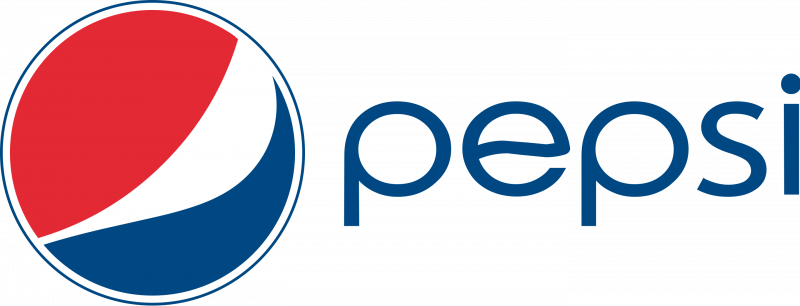
Pepsi is a cola-flavored carbonated soft drink and the flagship...
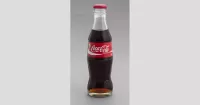
Coca-Cola is a globally recognized cola soft drink produced by...

Stranger Things created by the Duffer Brothers is a popular...
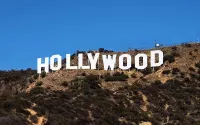
Los Angeles is the most populous city in California and...
Monaco officially the Principality of Monaco is a sovereign city-state...
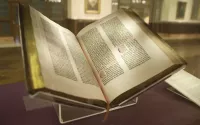
Books are a means of storing information as text or...
Trending
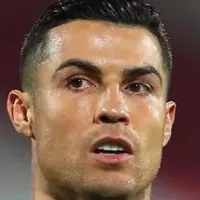
2 months ago Cristiano Ronaldo Achieves Billionaire Status: First Footballer to Reach Milestone

4 months ago Travis Hunter's College GPA Sparks Buzz After NFL Debut; Coach Praises Skillset.

30 days ago George Strait Announces Lubbock Concerts: Tickets on Sale November 21st!

4 months ago Celebrity Cruises Ship Loses Power, Drifts Off Italy Coast for Three Hours

6 months ago Brokeback Mountain's 20th Anniversary: Challenging Hollywood and impacting audiences, starring Heath Ledger.
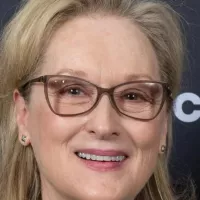
5 months ago Meryl Streep, Anne Hathaway, and Stanley Tucci in Devil Wears Prada Sequel
Popular

Candace Owens is an American conservative political commentator and author...
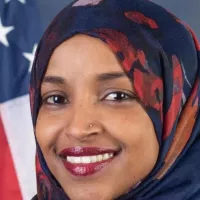
Ilhan Omar is an American politician currently serving as the...

XXXTentacion born Jahseh Dwayne Ricardo Onfroy was a controversial yet...

Charles James Charlie Kirk was a prominent American right-wing political...

Bill Gates an American businessman and philanthropist revolutionized personal computing...

Michael Jordan often known as MJ is a businessman and...
